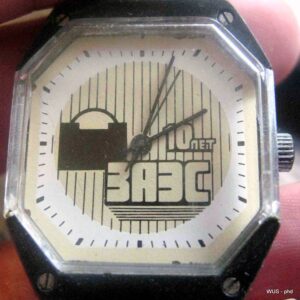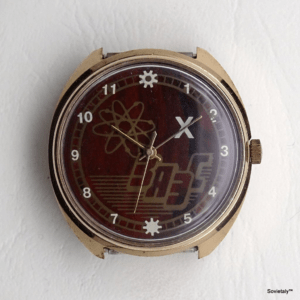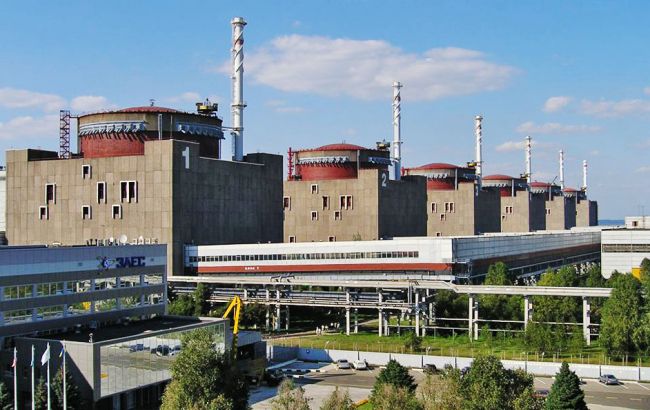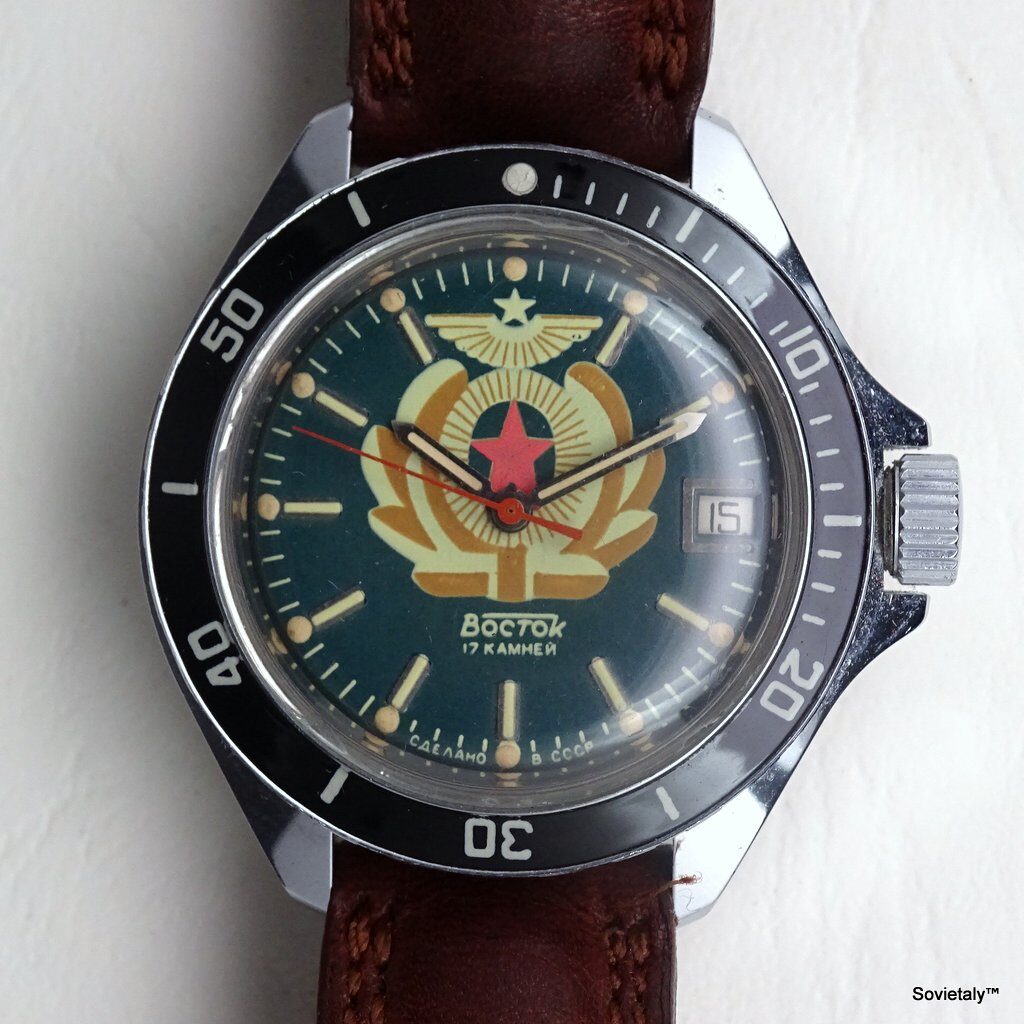Zaporizhzhia is the answer to the question that has intrigued many people for a long time. On December 31, 2020, in the Facebook group “Russian Watches Passion,” user Gianfranco posted a photo of a watch asking for information about it:

Initial Hypotheses
The responses from group members and other collectors were numerous. Here are some summarized hypotheses:
- Astronomical observatory
- Precision instrument
- Camera lens
- Textile frame
- Microcircuit
None of these hypotheses proved correct.
The Accidental Discovery
The solution emerged by chance while I was writing in this same blog about a commemorative watch for the 10th anniversary of the Zaporizhzhia nuclear power plant.

The History of the Zaporizhzhia Nuclear Power Plant
The Zaporizhzhia nuclear power plant is the largest nuclear power plant in Europe and one of the ten largest in the world. Located near the city of Enerhodar in Ukraine, its construction began in 1980, and the first reactor was commissioned in 1984. The plant consists of six VVER-1000 reactors, each with a production capacity of 1,000 megawatts, making the total capacity of the plant 6,000 megawatts.
The plant has been a symbol of technological and industrial progress for the Soviet Union and, subsequently, for independent Ukraine. Over the years, it has played a crucial role in supplying electricity to the country and the surrounding region.

The Meaning of the Dial
Thanks to this discovery, the mysterious dial now has a solution. It is one of the Raketa commemorative watches for the 10th anniversary of the Zaporizhzhia nuclear power plant.
The black silhouette represents the buildings housing the nuclear reactors. In the photo below, it is possible to see how they have a dome on top and, next to it, a lower building, probably housing the steam turbines. The building containing the reactor also has a particular shape that mirrors the silhouette on the watch dial.
The vertical yellow and black rays crossing the black silhouette probably represent nuclear energy or energy in general.
The Plant’s Timeline
As evidenced by the timeline on the official website of the Zaporizhzhia nuclear power plant, the first nuclear reactor was commissioned in 1984, and subsequent reactors were completed in 1994.
The Current Situation in 2024
In 2024, the Zaporizhzhia nuclear power plant remains a focal point not only for Ukraine but also for the international community, especially due to the geopolitical situation in the region. For updated information, you can visit the International Atomic Energy Agency (IAEA) website, which monitors the safety and operation of nuclear power plants globally.
The mysterious dial is thus a tribute to the Zaporizhzhia nuclear power plant, a detail that enriches the history of this particular Raketa watch model. This piece is a fascinating example of how everyday objects can hold deep stories and meanings, linked to significant moments in industrial and technological history.




